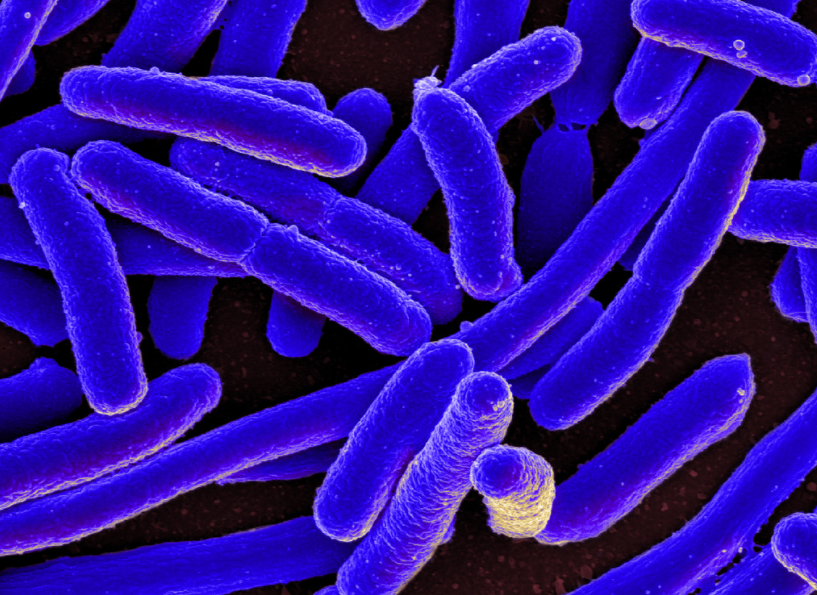Siderophore-based diagnosis of bacterial infections (20150206)

Key Benefits & Differentiators
- Rapid (under one hour) point-of-care detection of bacterial pathogens causing >95% of urinary tract infection.
- May reduce overuse of antibiotics, which may lead to less antimicrobial resistance.
- Chemical probes can be readily stored at room temperature for extended periods of time, and can be easily scaled up for manufacturing.
- Blood, urine, cerebrospinal fluid or pleural fluid can be tested; samples require minimal preparation.
Accurate point-of-care diagnosis of bacterial infections
A new chemical assay can rapidly diagnose bacterial infections—including urinary tract infections—by detecting siderophore uptake by the bacteria present. The test uses a molecular probe—a fluorescently labeled siderophore—that mimics natural siderophores uptaken by bacteria. Measuring the fluorescent siderophore probes enables rapid determination of bacterial density, providing fast, point-of-care diagnosis of infections arising from both Gram-negative and Gram-positive infections. Our small molecule chemical probe readily detects both the Gram-negative and the Gram-positive bacterial pathogens that cause Urinary Tract Infection and other common bacterial infections, including E. coli, Salmonella, Shigella, K. pneumoniae, A. baumannii, P. aeruginosa, P. mirabilis, S. aureus, S. saprophyticus and Group B Streptococcus which cause >95% of UTI. While our probe readily detects all these bacterial pathogens, our data indicates that they are not recognized by human cells, including neutrophils and HEK293 cells. The chemical probe can readily distinguish between bacterial infection and sterile inflammation, and between bacterial and viral infections. The platform technology can be readily translated to non-fluorescent based assays, including dip-stick assays (can be extended to other bacterial infections)..
Phase of Development
Results indicate detection of bacteria causing UTI by fluorescence in a rapid assay. Current efforts aims to translate to a rapid dip-stick assay that requires no instruments for easy point-of-care diagnosis.Desired Partnerships
This technology is now available for:- License
- Sponsored research
- Co-development
Please contact TLO to share your business’ needs and learn more.
Press Releases
Twin Cities Busines Magazine March 2018Researchers
- Valerie Pierre, PhD Associate Professor, Dept. of Chemistry, College of Science and Engineering